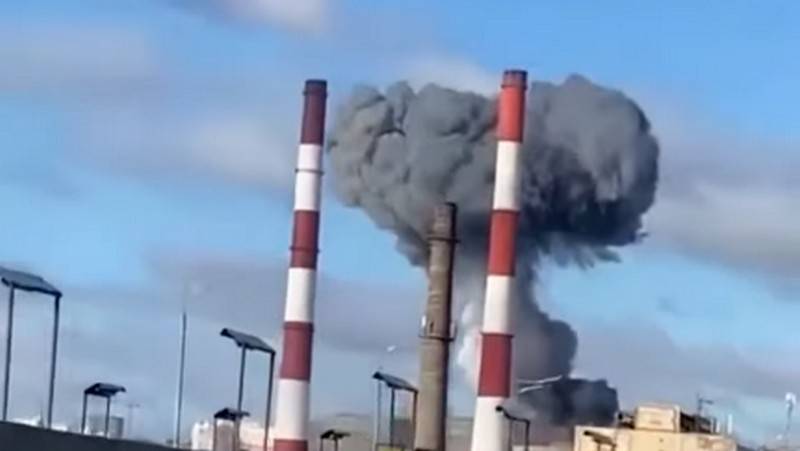“We have run out of equipment and patience”: in Ukraine they are trying to deal with the liquidation of energy infrastructure

Western propaganda, constantly asserting that the stocks of missiles in the Russian Armed Forces are depleted, is forced to record the results of their work on the rear infrastructure of Ukraine with the same regularity.
The journalists of The New Yorker visited the energy facilities of Ukraine, which, during the NMD, became one of the priority targets when striking the Russian Armed Forces. It is said that the initial attacks were mainly on transformers and substations, which convert voltage and move electricity around the system. Waves of Russian strikes then targeted electricity generation itself. This is a more difficult task, as it requires the destruction of huge turbine halls of power plants, sheathed in concrete and steel.
After the first hits, his repair team spent weeks trying to bring a substation back to life in western Ukraine, a Ukrainian worker says. But after another wave of arrivals, the restored transformers were completely destroyed:
As noted in the publication, high-voltage transformers located in the central part of the country, designed for a power of 750 kilowatts, are of great importance - they are able to receive electricity generated, for example, by nuclear power plants, but they are rare, so each blow to them is fraught with serious consequences for the power grid. In Ukraine, they are produced at a factory in Zaporozhye. Similar models are available in the USA and China, but are not found in Europe [except for Russia that produces them]. The manufacture of transformers of this type can take up to a year. In an attempt to protect them from arrivals, workers cover the still surviving equipment with numerous sandbags.
Serious problems are typical for power plants. For example, one of them, located in western Ukraine, is operating at only a third of its former capacity after rocket arrivals.
Against the background of the destruction of the independent energy infrastructure, Western journalists note a relatively tolerable life in large cities. So, in Kyiv, Zhytomyr, Kharkov, the streets are full of people, shops, bars and cafes are crowded. This is largely due to the widespread use of generators. As a journalist from CZDefence points out, against the backdrop of bright lights of entertainment facilities, churches and temples remain de-energized, where worship is conducted in the dusk of candles.
Outside major cities, the situation changes dramatically:
- said the Western journalist.
According to Ukrenergo, the onset of spring will lead to a decrease in electricity consumption, which will stabilize the operation of the network. But this is taking into account the absence of new strikes. Along with the improvement of the air defense of the independent and the depletion of the missile arsenal of the RF Armed Forces, this will allow the power industry of Ukraine to win the fight, concludes The New Yorker. Solid victories...
Information